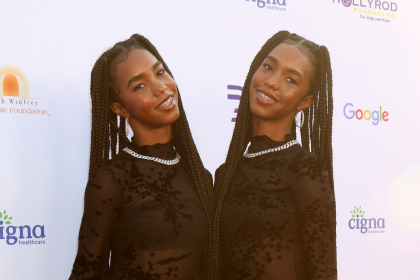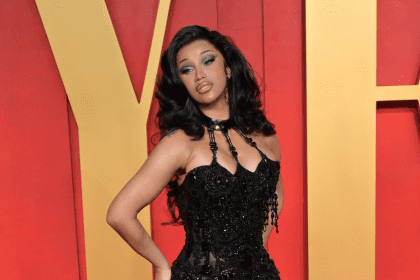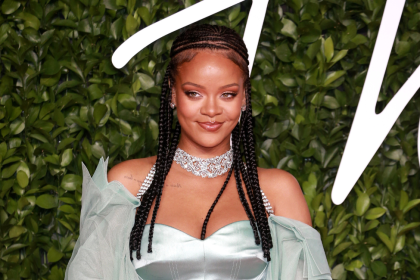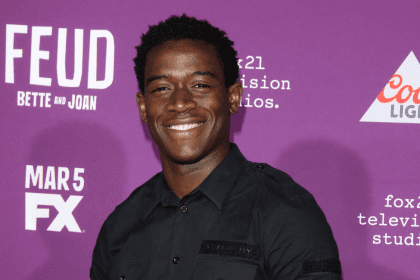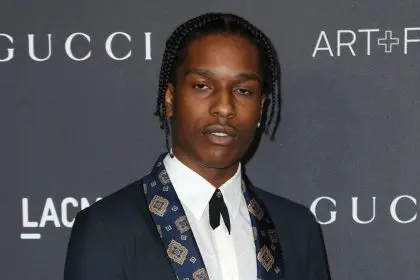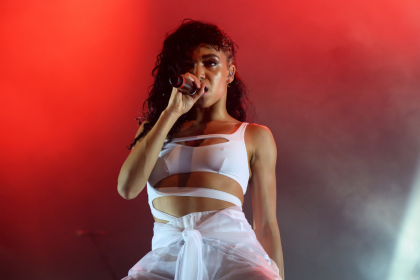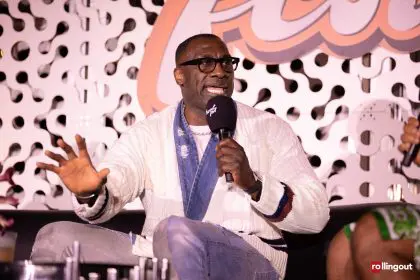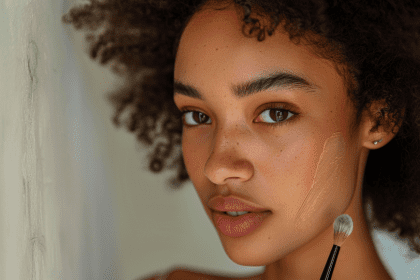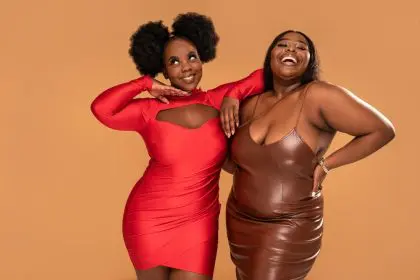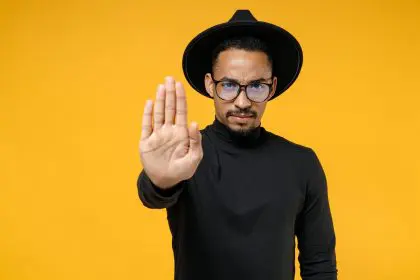The power suit’s transformation from a corporate necessity to a symbol of authority and personal expression has marked a significant shift in how Black women leaders present themselves across industries. This evolution, particularly visible through Vice President Kamala Harris’s groundbreaking presence on the national stage, demonstrates how fashion choices can amplify messages of leadership and authenticity.
The modern power suit revolution
The traditional power suit has undergone a remarkable evolution, especially as Black women continue to ascend to positions of influence, reported Hello Beautiful. Vice President Harris has particularly influenced this transformation, choosing designs from established houses like Chloe while also elevating emerging talents such as Sergio Hudson. Her Election Night 2020 appearance in Carolina Herrera crystallized a moment when fashion and political achievement converged powerfully.
At the Essence Festival 2024, Harris’s choice of a light blue suit represented more than just clothing: it embodied the balance between approachability and authority that many professional Black women navigate daily. This strategic approach to professional dress has resonated deeply with women who understand the importance of visual presentation in leadership spaces.
Beyond the political sphere
The power suit’s influence extends well beyond Washington’s corridors of power. Entertainment and business leaders have adopted and transformed the look, creating their own distinctive interpretations. Beyoncé frequently chooses precisely tailored suits that command attention while celebrating feminine strength. Obama‘s tenure as First Lady revolutionized political fashion, proving that style and substance need not be mutually exclusive.
The entertainment industry has particularly embraced this trend, with artists like Alicia Keys and Cardi B transforming traditional suiting into bold statements of personal brand and artistic vision. These choices have helped reshape conversations about professional attire, proving that power dressing can be both commanding and creative.
Breaking new ground
The contemporary power suit represents more than just a fashion choice; it serves as armor and announcement, declaring presence and demanding respect. This evolution reflects broader changes in how professional Black women approach visibility and authority in their respective fields.
In corporate environments, modified versions of the power suit have become tools for expression while maintaining professional standards. The adaptation of traditional suiting elements — from updated silhouettes to innovative fabric choices — allows for individuality while acknowledging the gravitas of leadership positions.
Memorable moments that defined an era
Certain appearances have particularly resonated with audiences and helped reshape perceptions of power dressing. Former First Lady Michelle Obama’s plum ensemble at President Biden’s inauguration, created by Sergio Hudson, demonstrated how monochromatic dressing can create lasting impact. Similarly, when Zendaya appeared at the 2022 Vanity Fair Oscar Party in a reimagined zoot suit, she connected historical fashion references with contemporary style.
The 2024 Democratic National Convention saw several striking suit moments, including Oprah Winfrey’s carefully considered purple suit that balanced traditional power dressing with modern sophistication. At the 55th Annual NAACP Awards, Keke Palmer’s black and white suit combination proved how younger generations are reinterpreting classic professional wear.
The future of power dressing
As Black women continue to break barriers across industries, their approach to professional dress evolves accordingly. The power suit has become a canvas for expressing leadership style while maintaining professional credibility. This balance is particularly relevant for women navigating predominantly white or male spaces, where appearance often carries additional weight.
The trend has influenced retail, with more designers creating suits that consider diverse body types and style preferences. This shift acknowledges that power dressing isn’t one-size-fits-all but should instead celebrate individual interpretation while maintaining professional impact.
A lasting legacy
The power suit’s evolution reflects broader changes in how Black women approach leadership and visibility. As more women ascend to positions of influence, their clothing choices continue to reshape expectations around professional dress. This transformation isn’t just about fashion — it’s about claiming space and asserting presence in environments where Black women have historically been underrepresented.
The impact extends beyond individual choice to influence broader conversations about professional presentation and authority. Young professionals now have diverse examples of how to approach power dressing, with role models demonstrating various ways to command respect while maintaining authenticity.
Looking ahead, the power suit will likely continue its evolution, adapting to changing workplace norms while retaining its core message of authority and confidence. This garment, once a symbol of conformity, has become a tool for expressing individual power while acknowledging collective progress.
The ongoing influence of the power suit in Black women’s leadership journey demonstrates how fashion choices can reinforce and amplify messages of authority and authenticity. As more women achieve positions of influence, their interpretations of power dressing will continue to evolve, inspiring future generations to approach professional presentation with both confidence and creativity. This legacy ensures that the power suit remains not just relevant but revolutionary in its ability to communicate strength, style, and substance.


